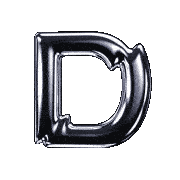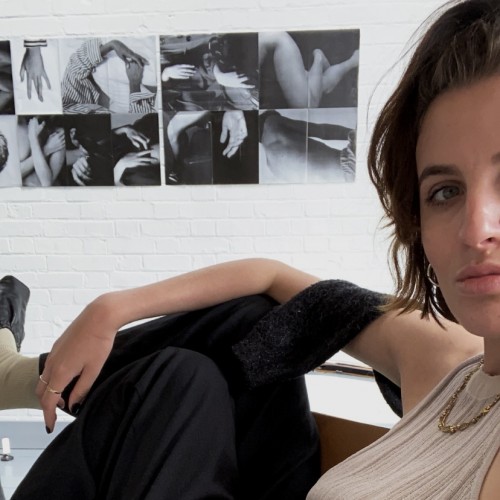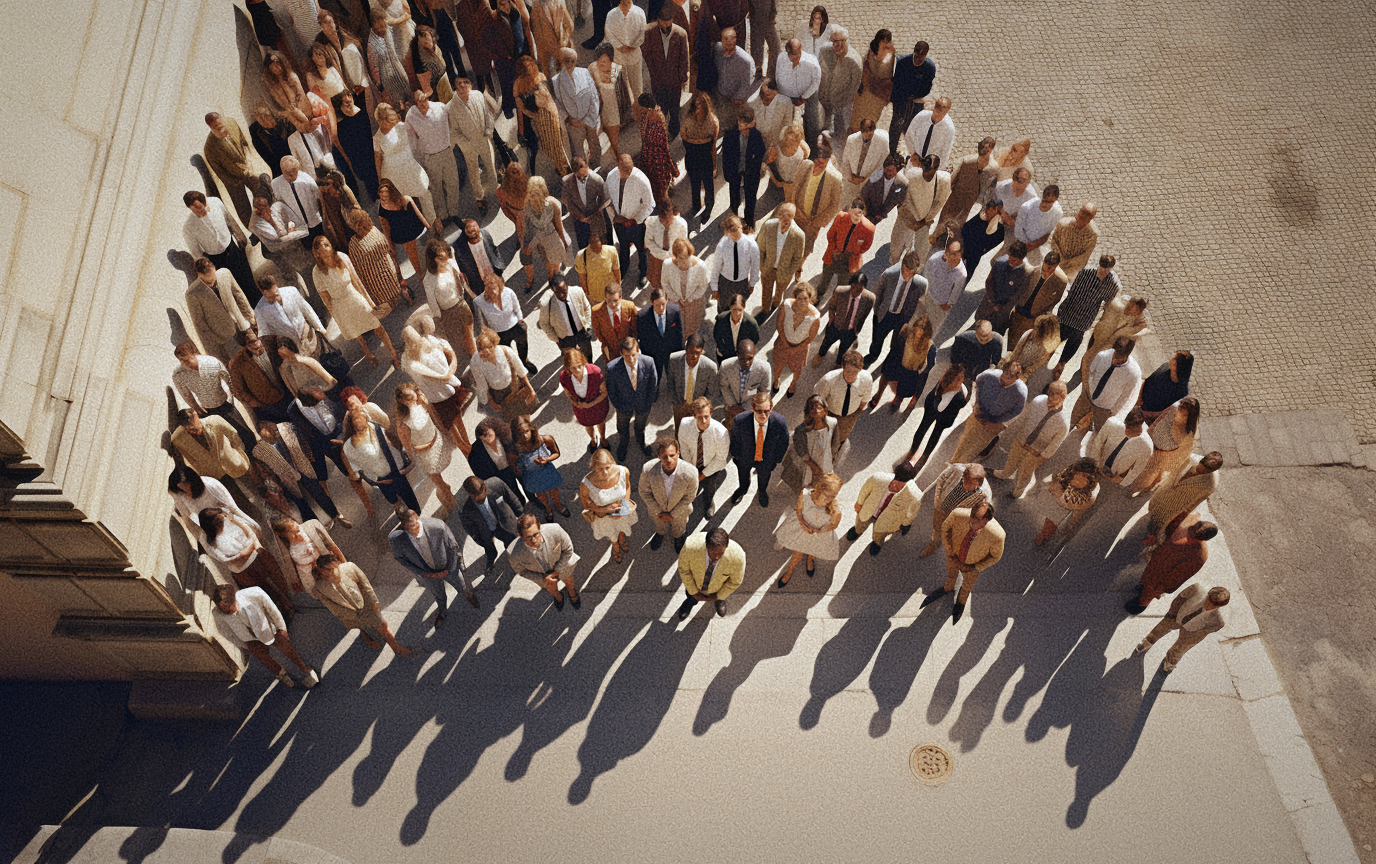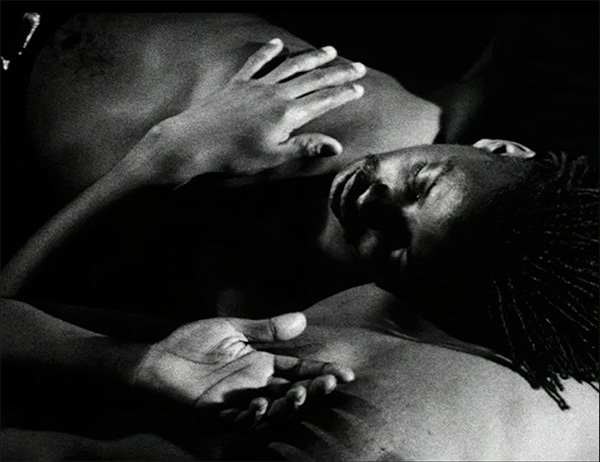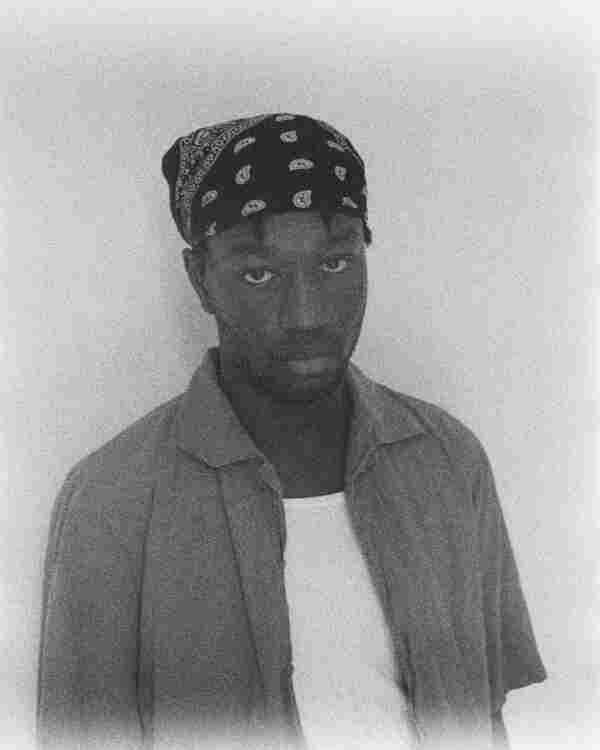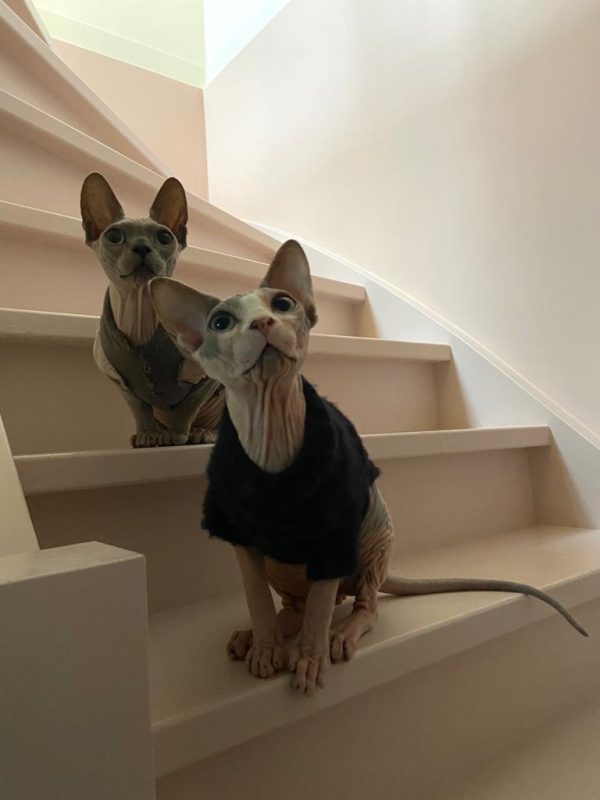Read Time 8 minutes
Photography & Queerness: A history
Since the birth of practical photography in the 1820s-30s the medium has been used to represent and subvert reality, to present the world as it appears or as how we wish it would. As a lens to document queerness its history has been varied; from codification and symbolism to more literal depictions, and works by queer artists, some out, some very much not. In honour of International Pride Month, we have traced that history, and present a potted timeline of photography and queerness.
Contains images and themes that some may find challenging.

In the mid- to late-Victorian era queerness was never overtly captured in photography, and same sex relationships would have been depicted as affectionate friendships rather than anything more. However, artists were able to charge their images with homoeroticism by using the Greco-Roman style that was popular throughout the nineteenth century. Modern day scholars hypothesise that this Classical approach was an alibi, or justification for photographers – now posthumously identified as queer – to check out some Victorian sausage under cover of art.
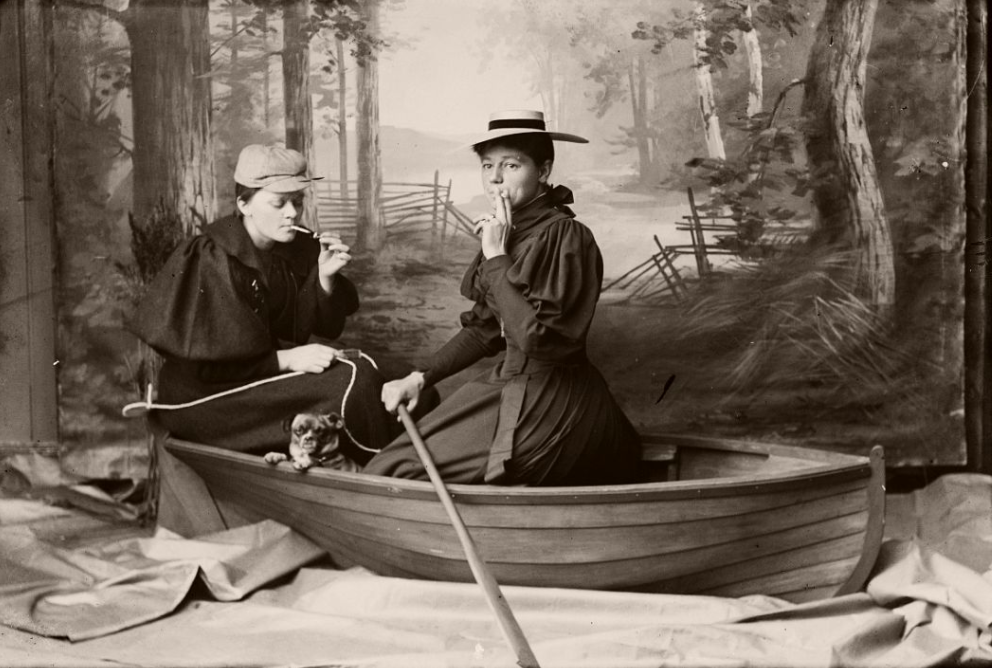
Towards the end of the century there were an increasing number of photos taken depicting some kind of gender nonconformity; most often women in trousers [although clearly very #girlboss of them, trousers were associated with being a suffragette, therefore not aspirational, and certainly not ladylike].
Marie Høeg and her partner Bolette Berg assumed male personas and costumes in their collaborative studio work, subverting gender and sexual norms – although crucially they were not exhibited or published while either photographer was alive. The images were part of a private collection of photographs documenting their relationship and that some critics posit were never intended for public display.
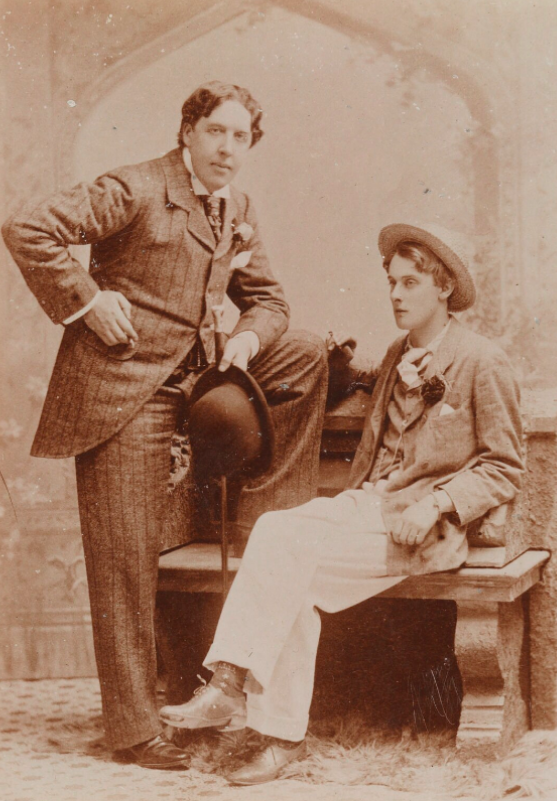
The photographs of Oscar Wilde and his lover Lord Alfred Douglas represent some relatively early portraits of men known to be homosexuals during their lifetimes––or at least to have queer relationships––rather being than ‘assumed’ or closeted. The libel trial that landed Wilde in jail for sodomy was a scandal and media sensation – the death penalty for sodomy had only been repealed some thirty years previously and Wilde was already a well known public figure. Whereas other portraits of men in same sex relationships from the time can be interpreted as showing friendship only, these photographs are indisputable in their depiction of queerness, especially the ones where they’re sat on each other’s laps lol.
They lived in squares, painted in circles, and loved in triangles
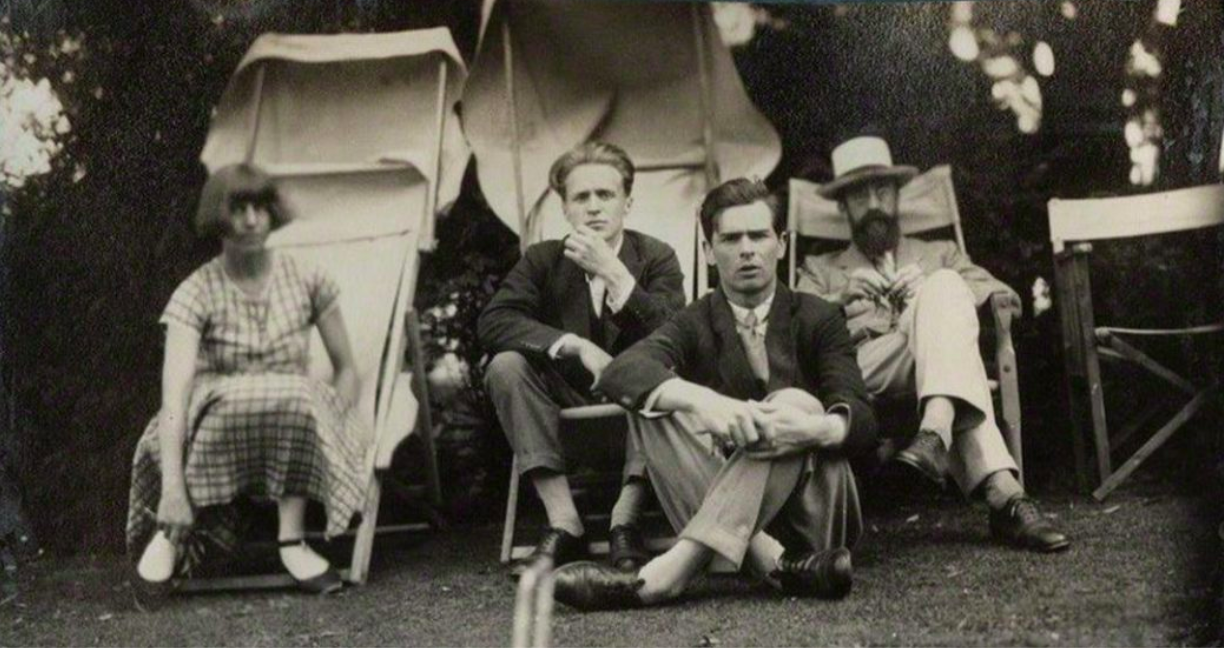
The Bloomsbury Group ‘lived in squares, painted in circles, and loved in triangles’, [the dream, let’s be honest], and formed a criss-crossing network of relationships across the spectrum of queerness. Lytton Strachey was openly gay, but had a lifelong relationship with Dora Carrington [oscilating between platonic and horny, but always deeply loving], and also with her husband Ralph Partridge. Carrington in turn had at least one same-sex affair. Photographs of the Group form part of a substantial legacy that includes written works, paintings, designs, and a richly decorated house in Sussex.
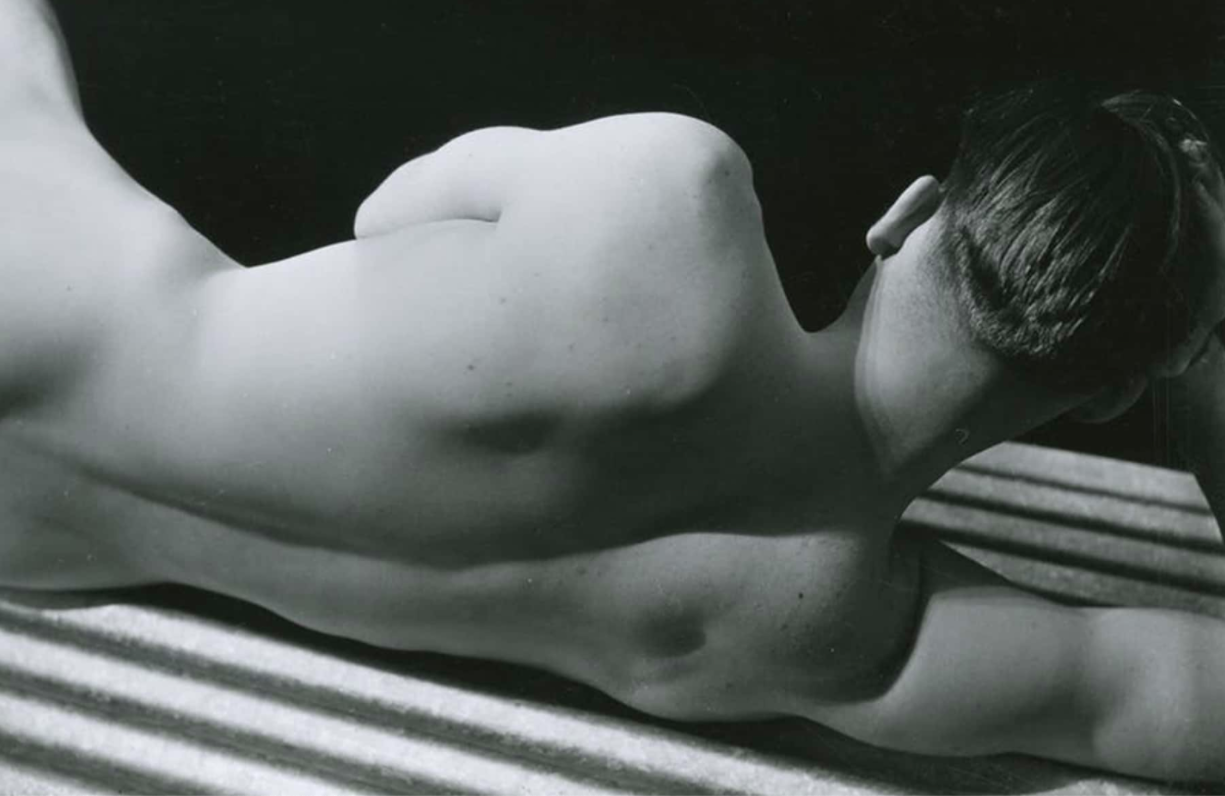
The inter-war period saw a loosening of traditional moral values that allowed queerness to be explored in new ways. This was particularly true in artistic circles, and there are many queer photographers known to have worked during this time. Lee Miller, George Platt Lynes, Jean Cocteau, Cecil Beaton, George Hoyningen-Huene, Berenice Abbot, Horst P. Horst, and Claude Cahun are just some image makers from the period known to have been queer, or to have had queer relationships or encounters at various points. Their art was often imbued with queer themes or images too, whether or not it was recognised by the general public of the time.

Following the atrocities of WWII, when queer folk were amongst those systematically murdered during the Nazi-occupation of Europe, queer communities saught liberation and equality on a mass scale. In 1969 The Stonewall Riots set off a chain reaction of gay-lib that came to define the era. Diana Davies was one of the leading documenters of this period, this image capturing the now legendary bar that is at the root of International Pride demonstrations.
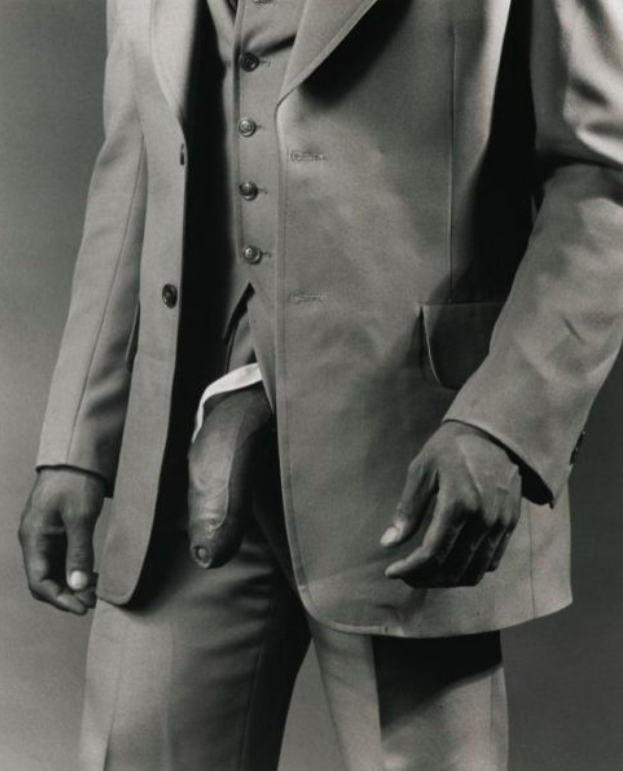
From the 1960s photographers like Robert Mapplethorpe, Peter Hujar, and David Wojnarowicz were making images that overtly centred around queer themes, be it the New York drag or BDSM scenes, the piers and parks where gay men cruised for sex, or in Mapplethorpe’s case, photographs of the male nude or phallic symbols, which although highly sexualised were presented as––and truly were––high art. These artists were rarely celebrated during their lifetimes, and Mapplethorpe was labelled as obscene [his approach was far from subtle as you can see]. They are now considered masters of the art form.
At the same time, Susan Sontag was examining the intersection of queer theory/gaze and visual culture, often with a focus on photography.
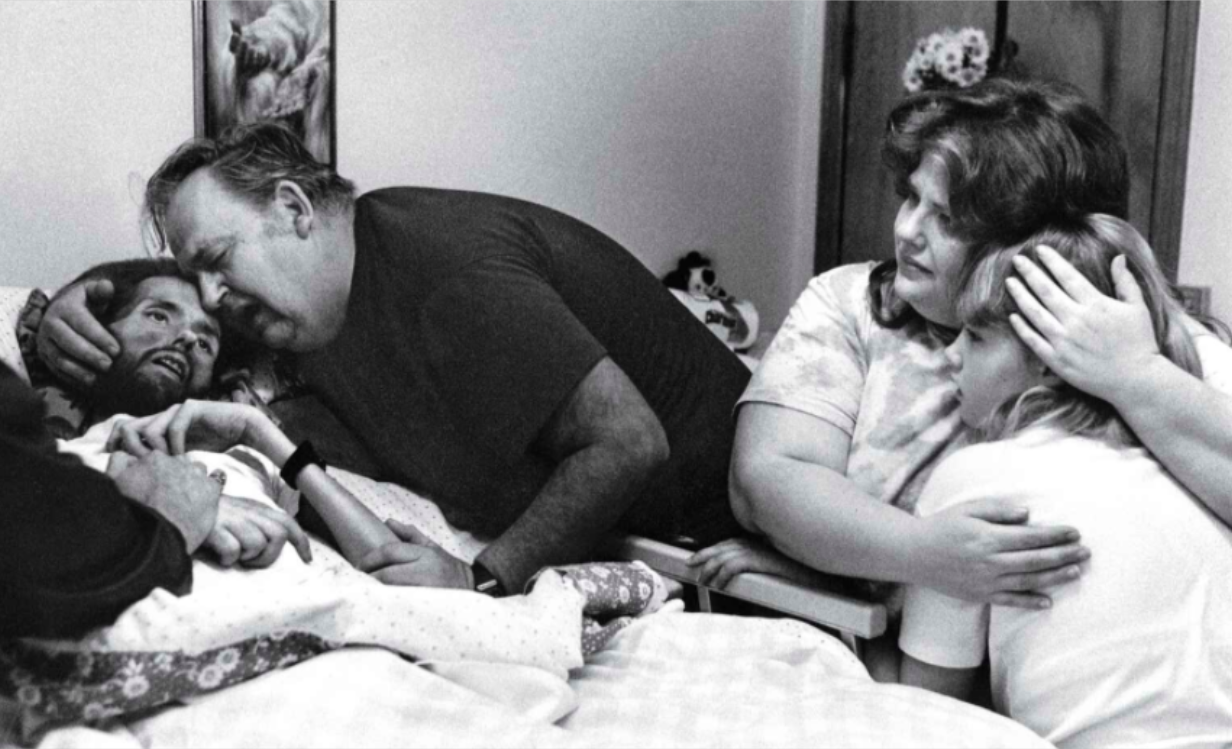
Although AIDs/HIV had existed in other parts of the world before this, it was first noticed by doctors in the UK and USA in the early 1980s, and soon became an epidemic that wiped out huge numbers of the queer population. This mass death was felt strongly amongst creative communities where queerness was still––even in the late twentieth century––more acceptable than in other parts of the population. All three photographers in the previous section died of the disease, and Therese Frare’s 1990 photograph of a 32 year old David Kirby has become one of the defining images of the terrible tragedy.

So where are we now? It’s been over 50 years since homosexuality was decriminilised in the UK, Pride has become a part of the mainstream cultural calendar [and an excuse for big brands to cash in on the action], and many of the most highly acclaimed image makers in the world are queer people.
Catherine Opie’s Self-portrait/Cutting [1993] shows the kind of drawing a child might make, of a family, with a perfectly symmetrical house and two parents holding hands. In Opie’s interpretation, the parents are both women, and the drawing is etched into the artist’s back with a blade, drawing blood. It’s a far cry from the kind of work Marie Høeg and Bolette Berg were making a hundred years earlier – but in the context of their respective times, all three womens work is equally radical.
By and large––in this country at least––the image of queerness has become commonplace, thanks to the trailblazing photographers who led the way throughout the last century. There are queer-only grants, prizes, exhibitions, commissions, and books which celebrate through photography, and try to redress the inequality metred out to queer people [we’re putting a positive spin on the current state of affairs, but it’s still tough, especially for gender non-conforming and trans people who are subject of a ruthless media vendetta].
This being said, it’s clear from examining the legacy of early photography and queerness that progress has been made in the sense that the images we see and the people who make them don’t always have to code queerness, it can be expressed in a more free and open way and the medium of photography is being pushed and challenged to tell new, deeper stories. Most importantly, more people than ever are free to live their truth and be and love whoever they want. The medium of photography has documented that journey.
END.
subscribe for the latest artist interviews,
historical heronies, or images that made me.
what are you in the mood for?
